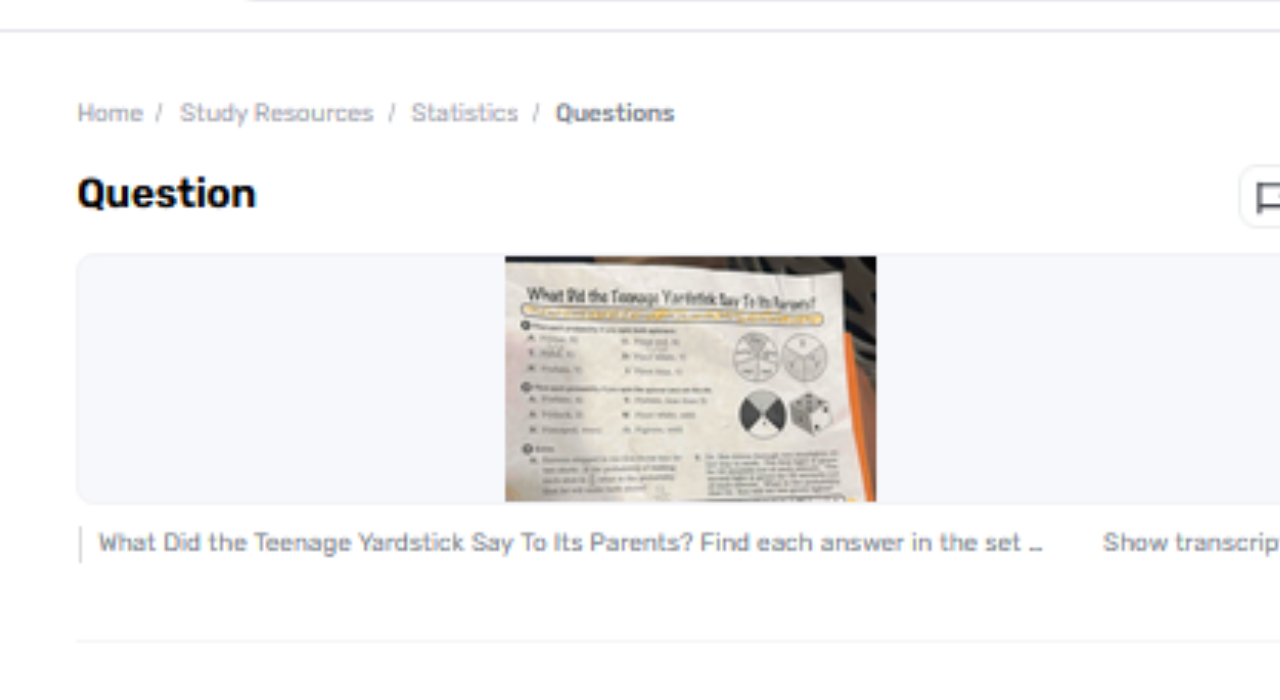Land is a person who loves to share information about recreation. he love going to the gym, playing sports, and spending time outdoors. he has a lot of knowledge about different types of exercise and like to help others learn about them too. he is always looking for new ways to have fun and stay active, and he love sharing what he learn with others.

The term “teenage yardstick” serves as a metaphorical measurement of teenage behavior and states of mind, typifying adolescence’s complex and regularly conflicting nature. This expression can be seen as a lively however smart focal point through which to look at the advancing elements between youngsters and their parents.
By understanding how this metaphor relates to high school behavior, what did the teenage yardstick say to its parents, we can pick up a more profound appreciation of the formative breakthroughs, passionate turbulence, and journey for personality that characterize high school for a long time.
The Metaphor of the Yardstick
A measuring stick is customarily utilized as a tool for estimation, suggesting accuracy and quantifiable results. When connected metaphorically to adolescent behavior, the “yardstick” speaks to the different ways in which young people degree their growth, and independence, and are removed from parental specialists. This estimation isn’t continuously straight or exact; instead, it varies with the teenager’s changing temperaments, encounters, and intuition.
Measuring Independence and Autonomy
One of the essential aspects of young behavior that the “teenage yardstick” representation highlights is the quest for freedom. Youngsters frequently seek to establish their possess character partitioned from their guardians, which can show as a want to “degree” their distance from parental control. This estimation is both exact and figurative. Teenagers may physically separate themselves by investing more time with peers or in exercises exterior the domestic, and they may too sincerely separate themselves by looking for privacy and communicating varying conclusions. The phrase “I’m measuring my distance from you!” encapsulates this want for freedom.
The Part of Rebellion
Rebellion is another key aspect of teenage behavior that can be caught on through the “teenage yardstick” representation. During youth, teenagers frequently push back against rules and desires as a way to test limits and declare control over their lives. The act of measuring separate through a rebellion is a double-edged sword. On one hand, it can lead to conflicts and misunderstandings with parents and other specialist figures. On the other hand, it is a significant portion of the process by which youngsters learn to make choices, confront results, and create a sense of responsibility. The representation of the measuring stick makes a difference in framing this behavior as a formative need instead of simply rebellion for its purpose.
Emotional Turbulence and Measurement
The teenage years are frequently stamped by strongly passionate encounters and temperament swings. The “young yardstick” representation can also be connected to how young people measure and explore their enthusiastic scenes. Teenagers utilize different techniques to degree and oversee their feelings, such as seeking support from peers, engaging in imaginative or physical exercises, and sometimes withdrawing from social interactions. The metaphorical yardstick makes a difference in demonstrating how young people assess their emotional responses and seek to adjust amid turbulence.
Peer Influence and Social Comparison
Another dimension of the “teenage yardstick” is the impact of peers and social comparison. Adolescents are profoundly delicate to the opinions and behaviors of their peers, regularly utilizing them as a benchmark for their claim activities and self-worth.
On the positive side, peers can give support, approval, and a sense of having a place, making a difference in teenagers to construct self-confidence and social aptitudes. On the negative side, the weight to comply with peer norms can result in unsafe behaviors, low self-esteem, and a distorted self-image.
Parental Perspective and Understanding
From a parental point of view, understanding the “teenage yardstick” can foster sympathy and improve communication. Guardians regularly battle to adjust to their teenager’s changing needs and behaviors, feeling stupefied by the sudden shifts in mood and attitude.
Instead of seeing teenage behavior as irrational or oppositional, guardians can see it as a natural portion of growth. By giving a steady and understanding environment, guardians can help their youngsters feel secure sufficient to investigate their characters while knowing they have a solid back system to fall back on.
Broader Societal Implications
The metaphor of the “teenage yardstick” too has broader societal suggestions. Society regularly forces strict desires on teenagers concerning scholastic execution, social behavior, and future goals. These outside measuring sticks can include the weight that adolescents already feel from their inside estimations. Understanding the assortment of measuring sticks that teenagers explore can lead to more compassionate and strong societal demeanors toward adolescent improvement.
Easy STEM Solutions: Utilizing Gauth AI in Three Basic Steps
Here is how to utilize Gauth AI to solve STEM issues in just three steps:
1. Input Your Problem
- Depict the Issue: Enter your STEM issue into the Gauth AI stage. Be as detailed and particular as conceivable to guarantee precise comes about.
- Select the Category: On the off chance that appropriate, select the significant category for your issue (e.g., algebra, material science) to tailor the arrangement to your needs.
2. Get and Review the Solution
- Produce Arrangement: Yield your issue and hold up for Gauth AI to prepare it. The AI will return the arrangement in seconds.
- Get it the Steps: Survey the clear, step-by-step understanding process given by Gauth AI. Detailed clarifications will interface the rationale behind each step, advertising how and whyâ tips to assist you get it.
3. Apply and Utilize the Solution
- Execute the Solution: Utilize the given solution to total your assignment or issue set.
- Look for Clarifications: If required, inquire for advance explanations or illustrations to guarantee you completely get a handle on the arrangement.

Conclusion
The concept of the “teenage yardstick” offers a rich metaphorical system for understanding adolescent behavior. It highlights how youngsters degree their development, freedom, enthusiastic reactions, and social intelligence. By appreciating the complexities of this estimation handle, guardians, teachers, and society at huge can better support youngsters as they explore the challenging but fundamental travel of youth. Through the focal point of the “teenage yardstick,” we can see the transformative control of youth and the pivotal part it plays in forming the grown-ups they will become.
